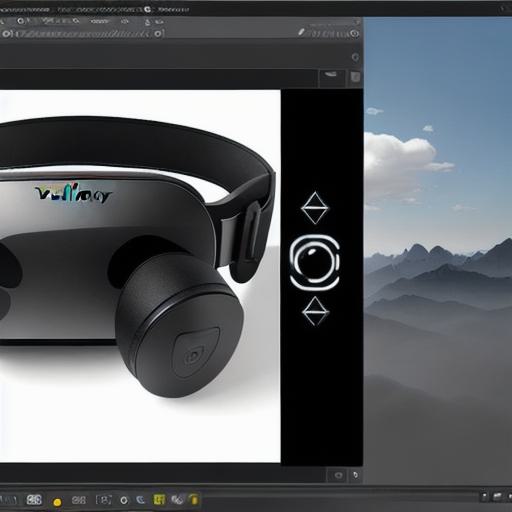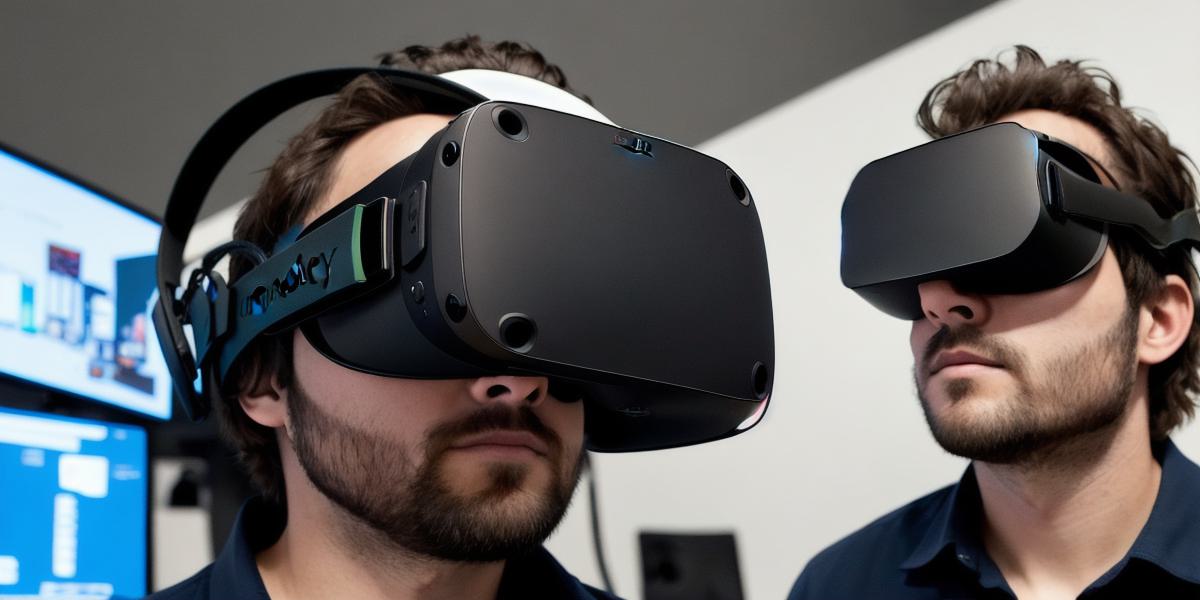Virtual reality technology has been advancing at a rapid pace in recent years, with the rise of powerful devices like the Oculus Quest. One of the most popular platforms for creating VR content is Unity, a powerful game engine that also supports VR development. In this article, we will explore how to develop VR experiences using Oculus and Unity, including best practices, case studies, and expert insights.
Getting Started with Oculus and Unity
Before diving into the process of developing a VR experience, you’ll need to set up your development environment. First, you will need an Oculus Quest or a compatible PC that supports VR development using Oculus Link. You will also need to install the latest version of Unity on your computer.
Once you have everything set up, you can start creating your VR experience by importing your 3D models and assets into Unity. You can use Unity’s built-in tools to create a basic VR scene, or you can use third-party plugins like the Oculus SDK for Unity to access Oculus-specific features.
Creating Your VR Experience
Now that you have your development environment set up, it’s time to start creating your VR experience. The first step is to design your environment and create your 3D models. You can use tools like Blender or Maya to create your models, or you can purchase pre-made assets from the Unity Asset Store.
Once you have your environment and models created, it’s time to add interactivity to your VR experience. This can include things like adding buttons or triggers that allow users to interact with objects in the virtual world. You can also use Unity’s animation tools to create realistic character movements and interactions.

Best Practices for Developing VR Experiences
When developing a VR experience, there are several best practices you should follow to ensure that your content is engaging and immersive. These include:
- Keep it simple: VR can be overwhelming for users, so it’s important to keep your content as simple and intuitive as possible. Avoid cluttering your environment with too many objects or features, and make sure that your interactions are easy to understand.
- Optimize for performance: VR experiences require powerful hardware, so it’s important to optimize your content for performance to avoid lag or other issues. This includes reducing the number of draw calls, minimizing texture sizes, and using efficient lighting and shading techniques.
- Test on multiple devices: VR experiences can vary greatly depending on the device you are using, so it’s important to test your content on multiple devices to ensure that it works well on all platforms.
- Iterate and refine: Developing a VR experience is an iterative process, so it’s important to constantly test and refine your content based on user feedback and performance metrics.
Case Studies in VR Development with Oculus and Unity
There are many examples of successful VR experiences that have been developed using Oculus and Unity. One notable example is "Job Simulator," a VR simulation of a typical office job created by Ubisoft. The game has received critical acclaim for its engaging gameplay and immersive environment, and has become one of the most popular VR experiences to date.
Another example is "The Lab," a collection of VR experiences developed by Valve for the Oculus Rift.
